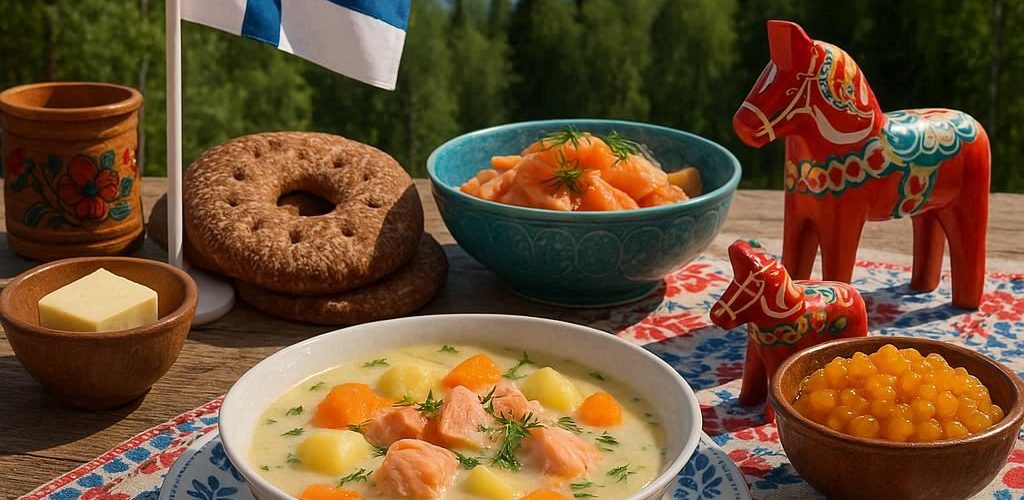When it comes to culinary traditions, Finland offers a diverse and rich palette of flavors that is waiting to be discovered. While Finnish food might not be as internationally renowned as Italian or French cuisine, it boasts a distinctive identity shaped by the country’s geography, history, and cultural influences. For anyone interested in exploring the tastes of Finland, there is a delightful array of foods that highlight the unique characteristics of this Nordic nation.
One of the hallmarks of Finnish cuisine is its reliance on fresh, local ingredients. The country’s long coastline, numerous lakes, and expansive forests provide a bounty of resources. Fresh fish is a staple; salmon, perch, and vendace are popular choices often enjoyed smoked, fried, or pickled. One traditional dish that showcases this marine bounty is “kalakeitto,” a creamy fish soup made with salmon, potatoes, and dill. Not only is it hearty and comforting, but it also reflects the Finnish love for nature and simplicity.
Moving from the sea to the land, Finland’s forests offer an incredible variety of mushrooms and berries. Foraging for wild foods is a popular pastime among Finns, and seasonal fruits like bilberries, lingonberries, and cloudberries make their way into desserts and jams. “Mustikkapiirakka,” or blueberry pie, is a beloved treat that captures the essence of Finnish summers. The sweetness of the berries combined with a buttery crust makes it a favorite for both locals and visitors.
In Finnish cuisine, bread is often a centerpiece at any meal. Rye bread, or “ruisleipä,” is especially significant. It is darker, denser, and full of flavor, often served with butter or cheese. The Finnish take on flatbread, known as “rieska,” is another staple, typically made from barley or potato. Both types are essential complements to various dishes, providing sustenance and a touch of heartiness.
Another key element of Finnish food culture is the concept of “sisu,” a term that embodies determination and resilience. This spirit is reflected in their traditional meals served during the cold winter months. Hearty stews and casseroles like “lohikeitto” (salmon stew) or “karjalanpaisti” (Karelian hotpot) are common. These dishes not only provide warmth but also bring families together, often enjoyed during gatherings and holidays.
Speaking of holidays, Finnish celebrations often feature unique dishes that showcase the season’s best produce. For example, during Christmas, it’s common to serve “joulukinkku,” a slow-roasted ham accompanied by mustard and a side of roasted root vegetables. Desserts such as “piparkakut” (gingerbread cookies) and “lumipallo” (snowballs made of coconut) round off festive meals.
Lastly, no discussion of Finnish food would be complete without mentioning sauna culture. In Finland, it is traditional to enjoy a drink, often a locally brewed beer or a berry-infused drink, before and after a sauna session, sometimes accompanied by a light meal of rye bread and fish.
In conclusion, the culinary landscape of Finland is a testament to the beauty of fresh, local ingredients and the warmth of tradition. From hearty stews to delightful pastries, Finnish food reflects a deep connection to nature and a love for community. For those exploring the food culture of Finland, every bite tells a story steeped in heritage, making it a truly rewarding experience.




Add comment